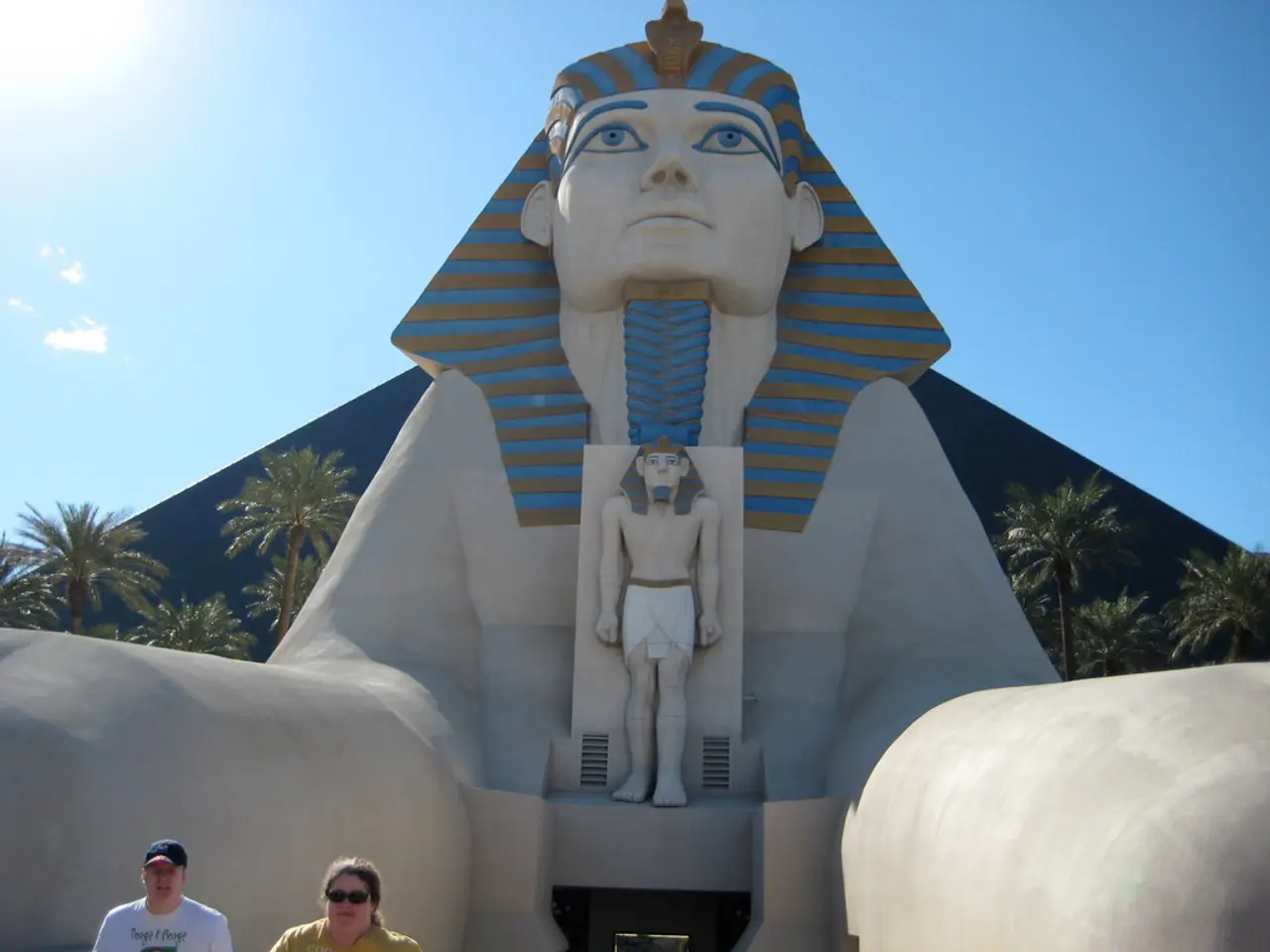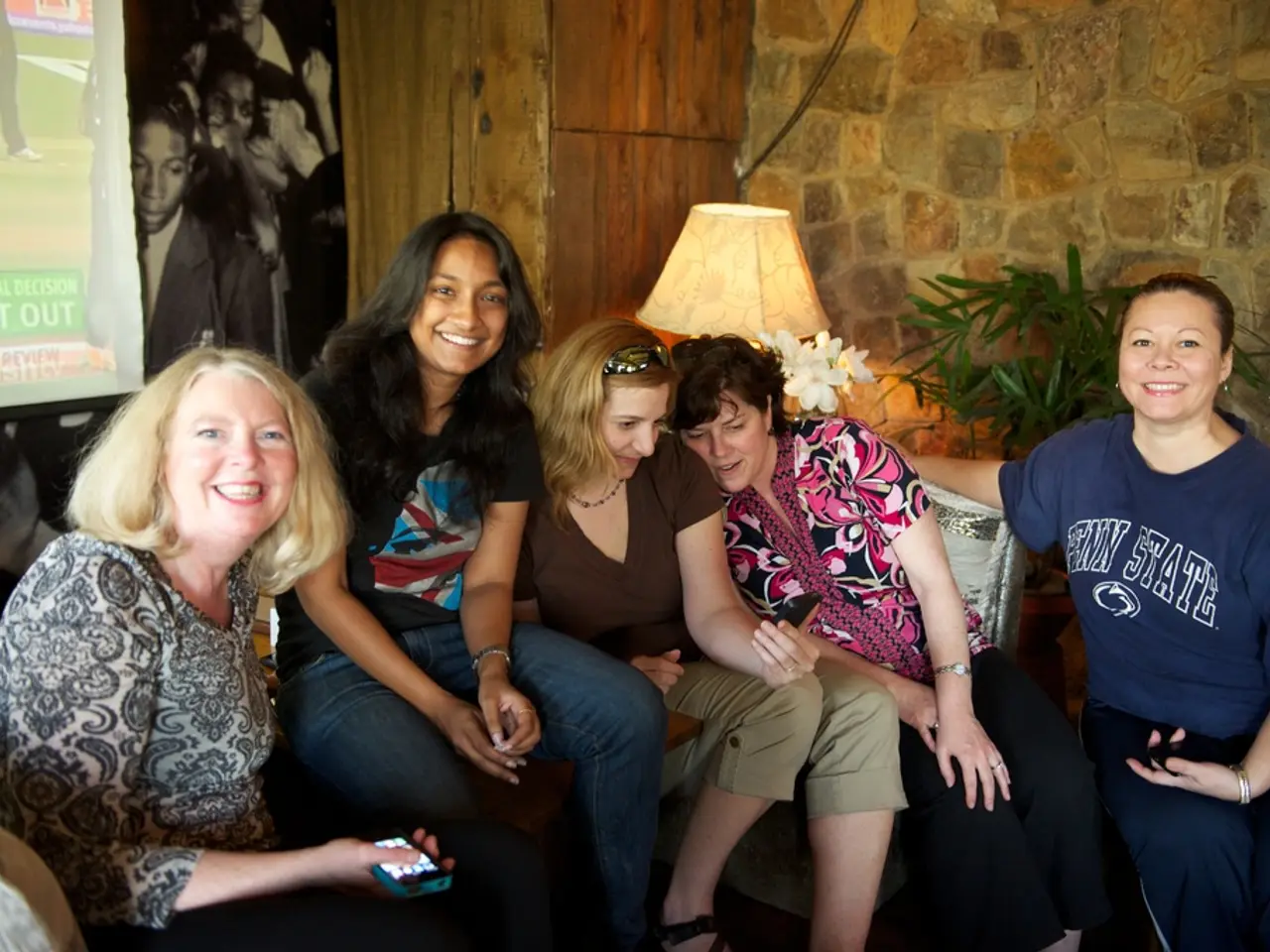Seven Remarkable Deceptions That Deceived and Astonished the Global Population
In the realm of history, there are instances where the line between truth and fiction becomes blurred, and the public is left in awe or confusion. This article delves into some of the most famous historical hoaxes that deceived people through clever fabrication and exploitation of popular beliefs.
One such example is The Great Moon Hoax of 1835, a sensational story published by the New York Sun. The articles claimed that astronomers had discovered exotic life forms on the Moon, including bat-like winged humanoids. Although the hoax was satirical and presented as factual news, many readers accepted the claims as true, captivated by the purported scientific discovery. This hoax exploited public interest in astronomy and the possibility of life beyond Earth.
Another noteworthy hoax is the story of Mary Carleton, a crafty English con artist who posed as a German princess to seduce and rob men in the 17th century. She constructed a false tragic backstory and used forged documents to convince the elite of her noble status. Her deception allowed her to marry multiple men and steal from them. Mary Carleton's hoax played on social aspirations and trust.
In the 20th century, the Loch Ness Monster became a subject of numerous hoaxes. Italian journalist Francesco Gasparini fabricated eyewitness accounts and sightings of the monster to sell sensational news. Marmaduke Wetherell, a big-game hunter, presented fake "monster footprints" that were actually made from a hippopotamus foot. In 1972, Flamingo Park Zoo education officer John Shields placed the disfigured carcass of a bull elephant seal into Loch Ness, fooling researchers temporarily. These hoaxes capitalised on existing folklore and the public's fascination with mysterious creatures, using fabricated evidence and media manipulation to create belief.
Another intriguing example is the Cardiff Giant, a 10-foot "petrified man" that was revealed as a hoax in 1869. George Hull, a cigar dealer, created the Cardiff Giant as a response to an argument about biblical giants. The public was captivated by the Cardiff Giant, with some believing it was proof of giants from the Bible and others thinking it was an ancient statue. Even scientists could not agree on its authenticity. P.T. Barnum made a copy of the Cardiff Giant to capitalize on its popularity, and people paid to see it before its creator admitted it was a hoax.
Orson Welles' The War of the Worlds, a radio broadcast in 1938, is another notable example. Many people believed it was real news about Martians landing and causing destruction. The BBC's spaghetti tree prank in 1957, where they aired an April Fools' Day segment showing a Swiss family picking spaghetti from trees, also fooled many people due to public unfamiliarity with pasta in Britain.
These historical hoaxes deceived people by fabricating plausible or sensational stories, exploiting scientific curiosity, social aspirations, or popular legends, and often using forged documents, fake physical evidence, or media amplification to create belief. They serve as a reminder of the power of deception and the importance of critical thinking in evaluating information.
In the modern era, the line between fact and fiction in the realm of social media and pop-culture can sometimes blur, leaving the public in a state of intrigue or misinformation. For instance, a viral post convincingly showcasing a purported UFO sighting might be met with excitement and belief, even when its origins can be traced back to entertainment or a prank.
Moreover, sensational stories about celebrity gossip or supernatural encounters often exploit public interest in entertainment and popularity trends, with readers often accepting such tales as truth without careful consideration. This highlights the importance of critical thinking in the digital age, where information spreads rapidly and can easily become distorted or fabricated.






